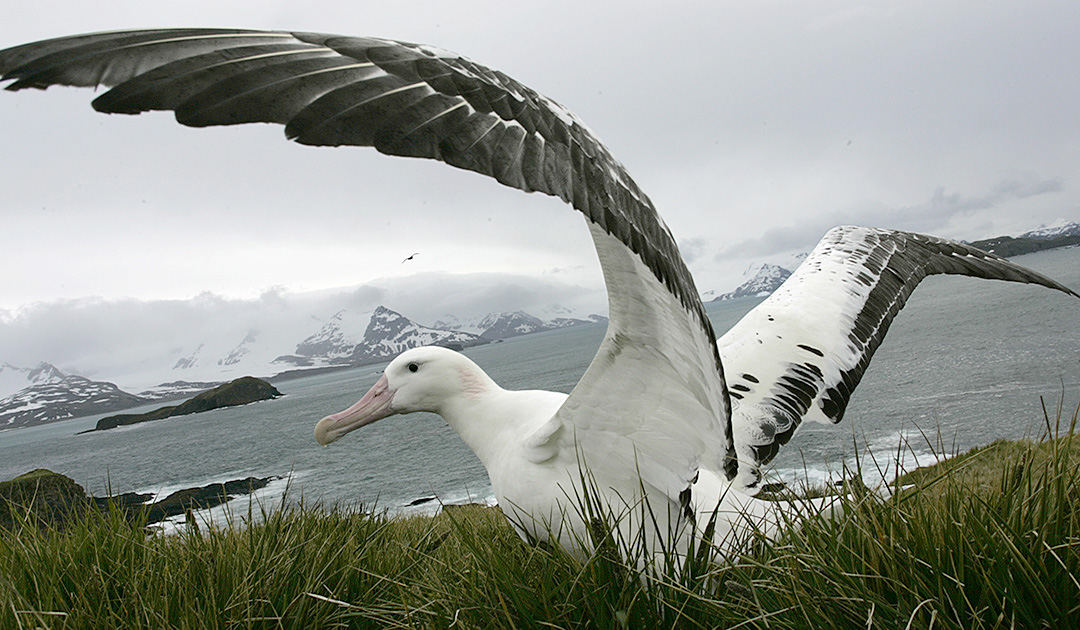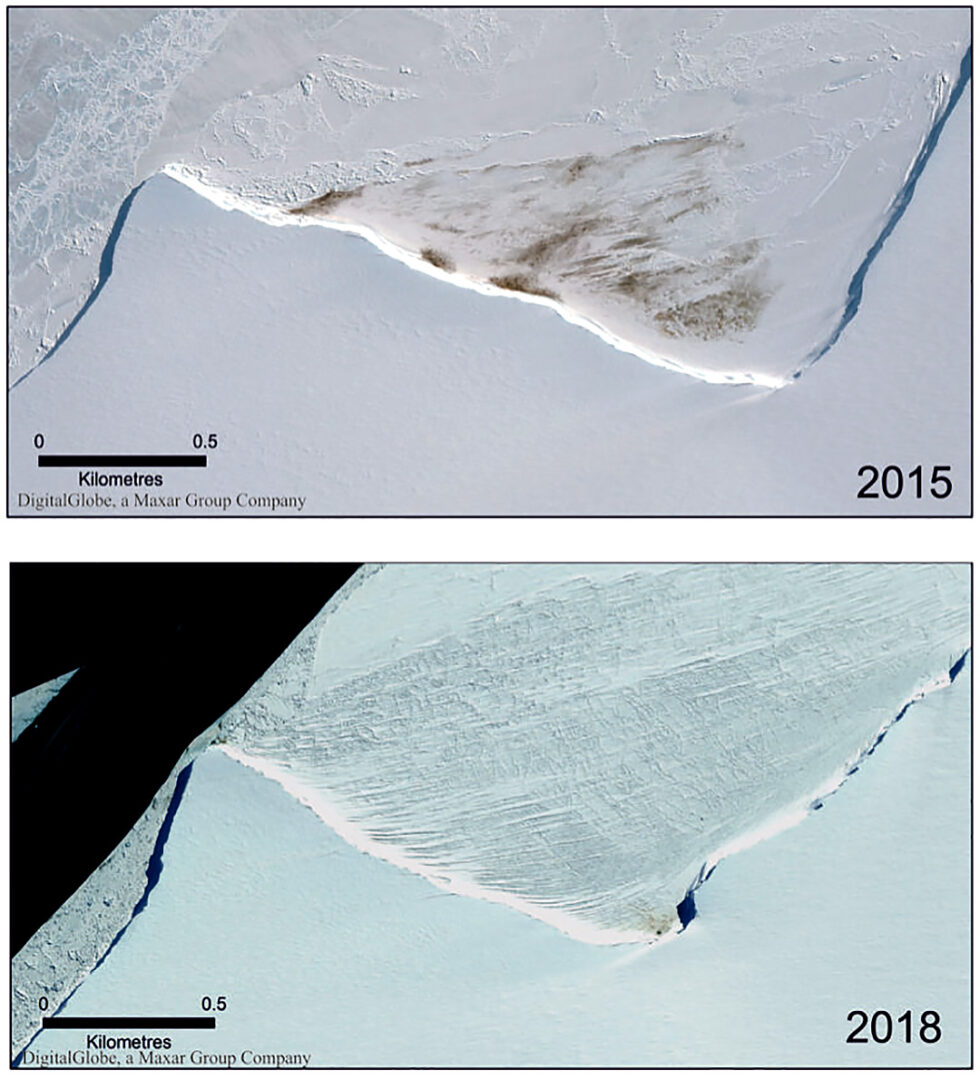
British Antarctic Survey (BAS) and RSPB recruit albatross detectives to help find wandering albatrosses on satellite imagery from space. This will help to learn more about how large seabirds are affected by climate change, intensive fishing and invasive species.
The Albatrosses from Space project is currently focused on migrating albatrosses on South Georgia in the South Atlantic. Although Wandering Albatrosses nest in grassy, rather flat terrain, the islands of South Georgia have steep, rocky cliffs and outcrops, making access dangerous and expensive for researchers. Using satellite imagery to count birds is safer, does not cause disturbance to the birds and their habitat. It also saves time and money and opens up previously inaccessible areas for surveying. The project is led by BAS’s Wildlife from Space team, which also monitors walruses, penguins, whales and seals via satellite imagery.

Dr. Peter Fretwell, who leads the Wildlife from Space team, says, “The Wildlife From Space team has been using satellite imagery to detect albatrosses for many years, but never on this scale.” There are over 20 main breeding sites for migratory albatrosses on South Georgia, but only three are regularly monitored from the ground as most are difficult to access. Satellite imagery will help solve this problem by allowing us to conduct remote counts of albatrosses at all breeding sites.”

Do you want to become an albatross detective?
Using high-resolution satellite imagery, BAS researchers have found a way to locate the albatrosses. The wingspan of a wandering albatross is over three meters. Their bodies alone are over a meter in length, which means they show up as creamy white dots on satellite images.
Counting individual albatrosses is a fantastic way for scientists to monitor populations and breeding numbers, and to assess the impact of conservation measures on albatross populations.
Anyone can participate in this project – People don’t have to be experts, because they will be shown exactly what to look for in the pictures. The long-term goal is to form a group of albatross trackers so that they can work with project leaders to conduct the first global albatross census. Involving people at this early stage will help this project gain strength and make a real difference for albatross conservation.

Dr. Marie Attard, who is leading the Albatross from Space project, says, “This project would not be possible without the public’s help.” Satellite images of each breeding site are divided into thousands of square tiles to make them easier to search. Albatross will be present in some, but it would take too long for a few people to go through them on their own. Each tile will be searched by six people. We’ll consider an albatross present if more than one person marks the same creamy white spot.”

Guardians of the sea
Albatrosses sail over the seas with extraordinary ease, gaining energy from the winds near sea level to maintain lift, rarely needing to flap their wings. However, these remarkable birds are struggling with declining population numbers. Fisheries, invasive species, and climate change pose serious threats. At sea, albatrosses struggle with the dangers of commercial trap lines and trawl cables. It is believed that a total of about 100,000 albatrosses of all species are killed by longline gear each year.
Albatrosses can live well over 50 years and form lifelong bonds with their mates. It takes almost a year from egg laying to raising a single chick. Parents then take time off the following year to recover. This means that populations are slow to recover when adult albatrosses die because of fishing. This puts these species at serious risk of extinction if we do not reverse the trend.
Ready to become an albatross detective? Click on the link below to learn more.
British Antarctic Survey (BAS)





